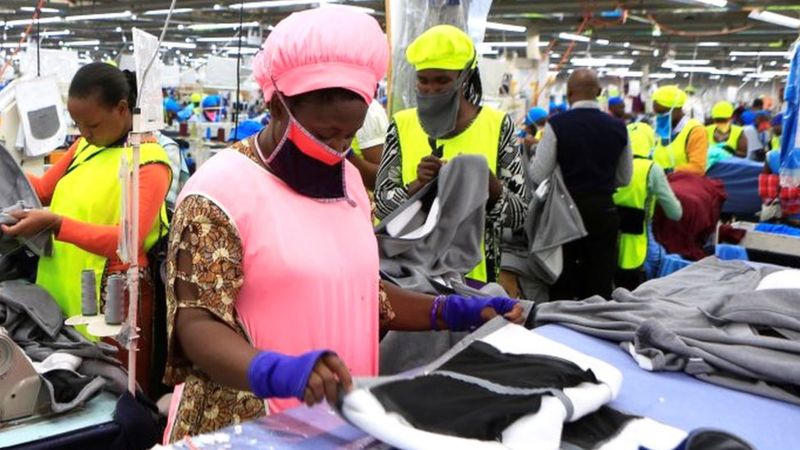BoU Governor, Prof. Emmanuel Tumusiime-Mutebile
The Bank of Uganda, at the Monetary Policy Committee (MPC) meeting of August 2020 has maintained the Central Bank Rate (CBR) at 7 percent and remained committed to providing liquidity support to Supervised Financial Institutions(SFIs).
Releasing the Monetary Policy7 Statement for August today, Prof. Emmanuel Tumusiime-Mutebile, economic growth is expected to remain below the potential growth rate until FY2022/23.
“The economic outlook is extremely uncertain, largely because of the unpredictable intensity and duration of the pandemic. The downside risks to the economic growth projection include the possibility of a widespread and possibly more severe second wave of the virus, requiring a complete lockdown, as well as, the locust invasion,” Mutebile said.
He added: “Moreover, Uganda remains highly vulnerable to recurring spouts of global financial volatility, stemming either from continued global economic weakness or the uncontrolled spread of the COVID-19 pandemic. In addition, increasing Non-Performing Loans (NPLs) and high lending interest rates could delay recovery of Private Sector Credit (PSC)extensions to pre-COVID levels.”
Furthermore, he said, low exports of goods and subdued tourism receipts are projected to continue to weigh on economic growth given weaker global demand.
“Therefore, economic growth in Financial Year (FY) 2020/21 is projected in the range of 3.0-4.0 percent, further increasing to 5.0-6.0 percent in FY 2021/22,” he said.
BoU says economic activity is estimated to have contracted by 3.2 percent in the second quarter of 2020as a result of a combination of COVID-19 containment measures and floods.
Mutebile however said that the complementary fiscal and monetary policy actions have provided a foundation for the recovery of economic activity as the lockdown is relaxed.
The Composite Index of Economic Activity(CIEA)grew by 5.7 percent month-on-month in June2020, indicating a pickup in economic activity relative to the contraction registered in the three months to May2020. The Purchasing Managers’ Index (PMI) also continued to register improvements since May 2020 and slightly crossed the 50 mark, indicating improvements in the business environment.
“The COVID-19 pandemic has affected both the demand and supply side of the economy. Whereas supply will initially recover in line with the easing of containment measures, demand will benefit only gradually from improvements in foreign demand and confidence levels ,as well as continued support from fiscal and monetary policies. Eventually aggregate demand is likely to increase faster than supply, thereby absorbing excess capacity,” he said.
As the easing of the lockdown continues, Mutebile said that the economy is expected to slowly recover, reflecting the effects of a slow rebound in both foreign and domestic demand and, subdued confidence on the part of households and firms.
“In addition, many consumers are expected to be hesitant to resume their previous spending patterns, partly due to fears of contracting the virus and uncertainty about earnings. Moreover, even those whose incomes were not affected may increase their need for precautionary savings,” he said.
On the upside, Mutebile said economic growth could turn out stronger than projected if the spread of the virus is contained, or if a vaccine or effective treatment is available earlier than is currently being assumed. Such a scenario could lead to greater business and consumer confidence, factors which would likely lead to stronger economic growth.
Annual headline and core inflation rose to 4.7percent and 5.8percent, respectively, in July 2020, from corresponding levels of 4.1percent and 4.9percent in June 2020.
The path for CPI inflation over the next 12 months largely reflects the influence of containment measures particularly on public transport and increases in prices of imported consumer goods as a result of higher taxes to support import substitution.
However, the decline in food crop and energy prices and subdued demand could partly hold inflation down.
BoU says core inflation is expected to peak at 6.1 percent in the first quarter of 2021,while headline inflation could peak at 6.2 percent. In the medium term, the inflation outlook depends primarily on the speed and strength at which demand and supply recover. Risks to the inflation outlook include a higher fiscal deficit and a more depreciated exchange rate due to the weakening external position.
“On the downside, domestic demand may take longer to recover despite the gradual easing of the lockdown. Moreover, food crop prices and external sources of inflation are likely to remain weak in the near-term amid the global economic downturn,” Mutebile said.
He added that the balance of risks to the inflation forecast are assessed to be on the upside with core inflation expected to rise above the 5 percent target within 12 months, even though GDP growth is expected to remain below its potential levels.
Against the above background, BoU decided to maintain the CBR at 7 percent.







